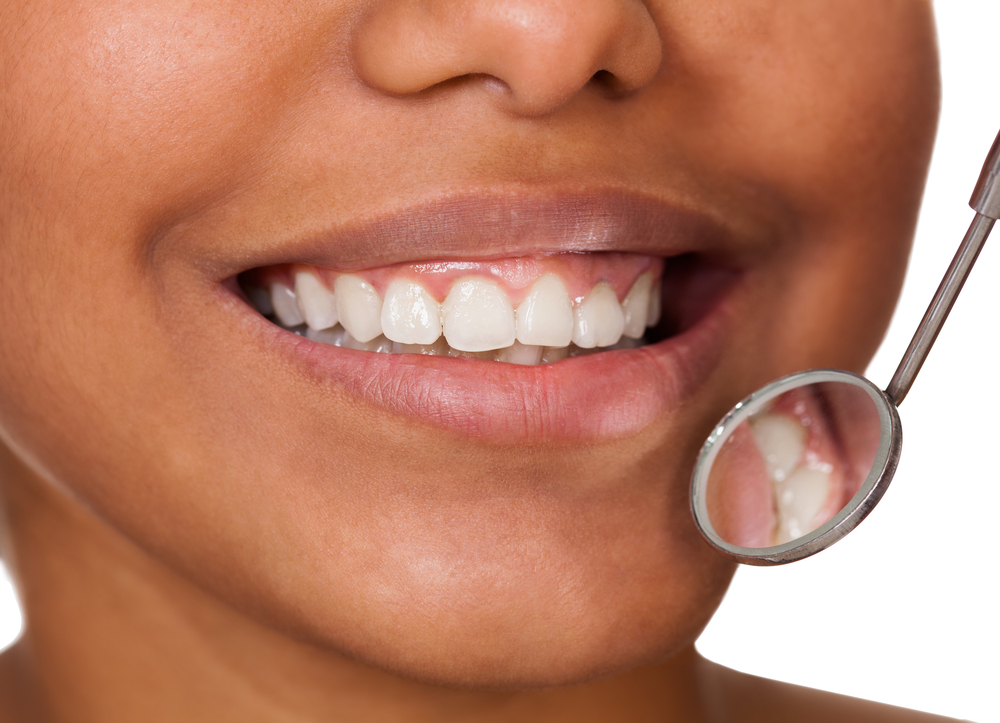Signs It’s Time To Replace Your Dentures
Dentures can be life-changing for those who have lost some or all of their natural teeth. A good quality denture can restore your ability to eat, speak, and smile with...

If your dentist has notified you that your gum line is receding, your initial reaction may be to panic. However, there are effective ways of rebuilding gum tissue with today’s technology to help get gum recession under control.
Exposed roots of the teeth make them more susceptible to tooth decay, and advanced gum recession can put your teeth in danger of discomfort, increased sensitivity, and eventually tooth loss. Learn how to take action against your receding gums before it develops into a more significant issue with this helpful guide on how to reverse gum recession if it happens to you.
Your gums play two critical roles in protecting your teeth. First, the attached gingiva connects your teeth to the jaw bone beneath, keeping your teeth securely anchored in your mouth. Second, the unattached gingiva protects the interiors of your cheeks and gums. The part of the gum tissue that surrounds each tooth is known as the gingival margin. When it pulls away from the teeth or wears away, it can create gaps that leave the roots of the teeth exposed and vulnerable. In some instances, pockets can form between the teeth and gum line, and bacteria build in these spaces, which can increase your likelihood of developing tooth decay and potentially even losing your teeth.
Before working to reverse your gum recession, you’ll want to make sure that you understand why your gum line is retreating. Changing responsible habits or improving a related condition will help your efforts to rebuild gum tissue last. Typical reasons for gum recession are:
Teeth are supposed to erupt in the center of their portion of the jaw bone, but they don’t always. If your teeth erupt outside of the healthy area, the root may become exposed. Thin tissue or no gum tissue may be able to form around the tooth. Orthodontic treatment can help move teeth into the desired positions allowing the gums to build around the tooth correctly.
Depending on your genetics, you may have thicker or thinner gum tissue right from birth. The thickness or thinness is determined by genetics, and there’s nothing you can do to alter your genes. If you have thin gum tissue, you’re more likely to experience gums that erode, tear or recede. Checking with your family members to see who else has experienced receding gums will help you get an idea of how your gums are likely to act.
Brushing and flossing are necessary to build a healthy smile and remove plaque. Your daily cleanings should be performed gently to protect your delicate gum tissue, and if you’re brushing too hard or not with a soft-bristle toothbrush, you could be overdoing your brushing, causing the gums to become inflamed or torn.
Long-term amounts of excess pressure on your teeth from teeth grinding can lead to a collection of problems, including gum recession. Start using a mouthguard while you sleep to help keep your gums safe and your gum line in the right place.
Infected gums cause the soft gum tissue to suffer damage. The gums then begin to pull away from the teeth, losing their grip and receding.
Because periodontal disease is painless in the early stages, it can be tough to self-diagnose. Always inspect your teeth and gums at home after brushing and flossing for signs of gum disease. If you notice any of the symptoms below, be sure to schedule an exam with your dentist:
If your gums seem to be changing, schedule a routine check-up with Aubrey Baudean DDS today. Catching gum disease in its earliest stages gives us our best chance of treating it before the severe side effects of gum disease, like tooth loss, happen to you.